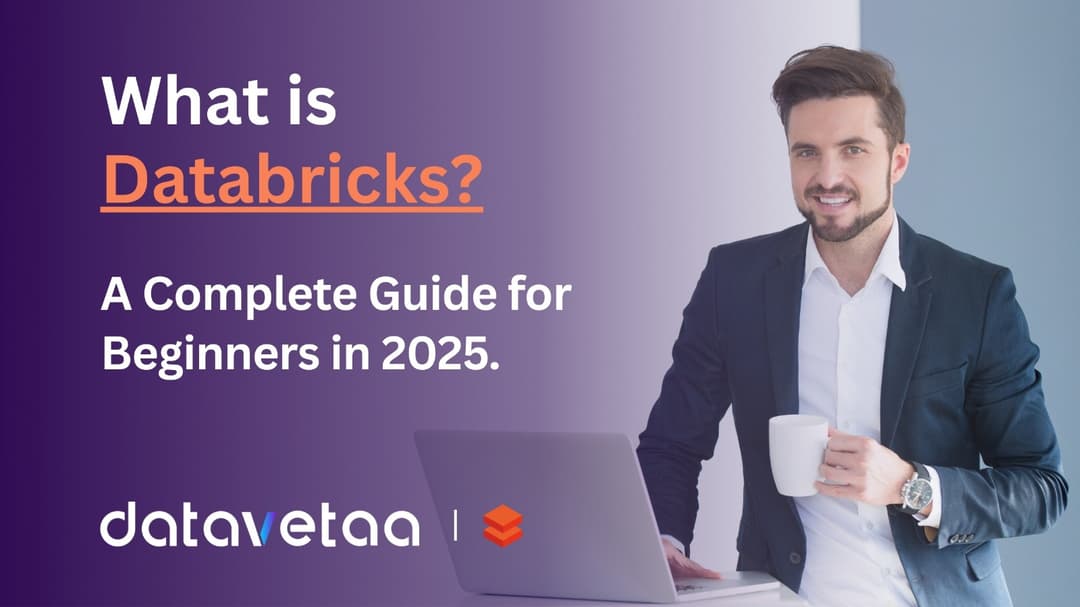What is Databricks? A Complete Guide for Beginners in 2025
Introduction
Data is often called the “new oil,” but raw data is messy, complex, and unusable until it’s refined. This is where Databricks comes in.
Built on top of Apache Spark, Databricks has evolved into a leading unified data platform that combines the scalability of data lakes with the reliability of data warehouses — an approach now widely known as the Lakehouse architecture.
In this guide, we’ll explore what Databricks is, how it works, the industries adopting it, and why it is becoming central to AI-driven analytics in 2025.
👉 If you’re looking to master BI tools that work with Databricks, don’t miss our Best Power BI Training in Pune.
What is Databricks?
At its core, Databricks is a cloud-based data and AI platform designed to simplify the entire data lifecycle — from ingestion and storage to machine learning and visualization.
Unlike traditional platforms that separate analytics, engineering, and AI workloads, Databricks allows teams to collaborate in a single environment, reducing friction and accelerating insights.
Key Capabilities of Databricks in 2025
Data Engineering → Cleaning, transforming, and preparing petabytes of data.
Data Science & Machine Learning → Experiment tracking, feature engineering, and production-ready ML models.
Business Intelligence → Seamless integration with tools like Power BI, Tableau, and Looker.
Think of it as the operating system for modern data — where engineers, data scientists, and analysts can finally work together without silos.
Related Reads
Databricks vs Snowflake in 2025 → Compare two leading data platforms.
Ultimate Guide to Power BI in 2025 → Learn how BI tools like Power BI connect with Databricks.
Final Thoughts
Databricks is no longer just a buzzword in the analytics world. By 2025, it has become the backbone for data engineering, machine learning, and AI adoption across industries.
For students and professionals in Pune, Wakad, and across India, learning Databricks along with Power BI and SQL opens doors to top roles in analytics and data engineering.
👉 Ready to future-proof your career? Start with our Best Power BI Training in Pune and get hands-on with Databricks, SQL, and Microsoft Fabric.
Related Blogs
Datavetaa's blog list
Blogs
Latest Blog
Stay up-to-date with the latest technologies trends, IT market, job post & etc with our blogs


